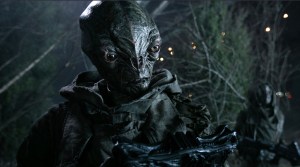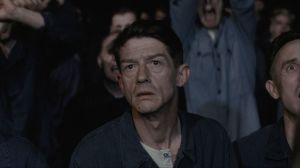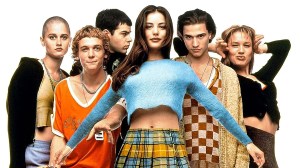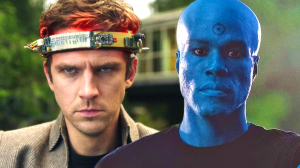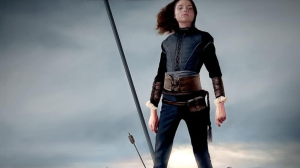The 2010s revolutionized horror cinema by pushing boundaries and challenging conventions. During this transformative decade, filmmakers dared to experiment with form and content, creating works transcending traditional genre tropes to explore deeper psychological terrors. Furthermore, the rise of production companies like A24 and Blumhouse democratized horror filmmaking, allowing visionary directors to pursue unique creative directions while maintaining commercial viability. This era proved horror could be both thought-provoking and terrifying, paving the way for a new golden age of sophisticated genre films. What’s particularly fascinating about 2010s horror is how it elevated the genre by tackling complex themes like racial inequality, environmental crisis, and mental health while still delivering the scares audiences expect from horror cinema.
Videos by ComicBook.com
As we look back to the horror stories that defined the 2010s, we are honoring movies with innovative storytelling, groundbreaking technical achievements, or powerful social commentary. To keep things fair and spread the love, we are capping one movie per filmmaker. Here’s our pick for the ten best movies of the 2010s:
10. Evil Dead
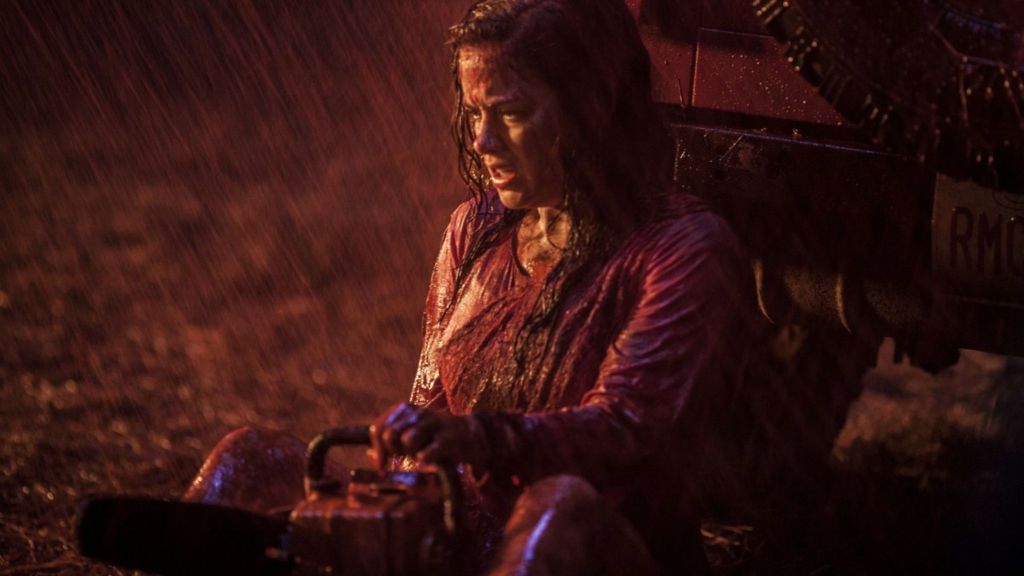
Blood, viscera, and redemption collide in this relentless reimagining of Sam Raimi’s cult classic. When Mia (Jane Levy) arrives at a remote cabin for drug detox, supported by her well-meaning friends, nobody expects to discover the Naturom Demonto (the Book of the Dead) in the basement. Rather than simply retreading familiar ground, director Fede Alvarez transforms addiction recovery into a literal battle for survival, with Levy delivering a physically demanding performance that grounds the supernatural horror in relatable reality. The dedication to practical effects over CGI elevates every moment of tension, while the themes of addiction and familial bonds resonate beneath the surface of extreme gore. By both respecting its source material and still charting its own course, 2013’s Evil Dead proves that classic horror properties can be reinvented without losing their soul.
9. Sinister
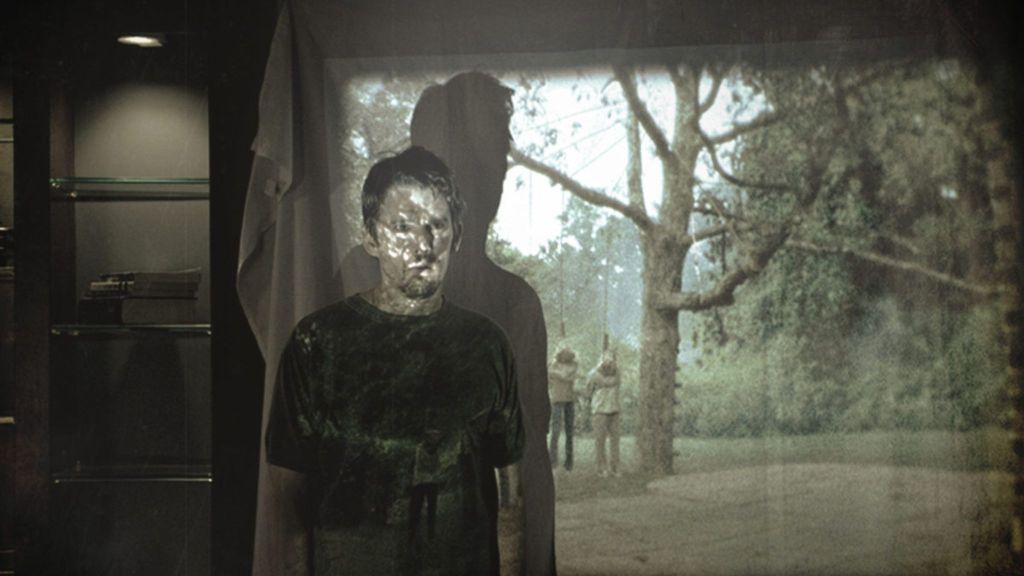
Inside a box of innocent-looking Super 8 films lurks a darkness that will consume true crime writer Ellison Oswalt (Ethan Hawke). What begins as research for his next book spirals into an obsessive descent into supernatural terror, as each disturbing home movie reveals increasingly horrific family murders. In Sinister, director Scott Derrickson masterfully blends found footage elements with traditional narrative structure, creating a unique documentary-within-a-film effect that blurs the line between fiction and reality. Hawke’s portrayal of a man torn between professional ambition and family safety provides the emotional anchor, while Christopher Young’s unsettling score amplifies every moment of creeping dread. The genius of Sinister lies not in its supernatural antagonist, but in how it transforms writerly ambition into a curse, making Ellison’s search for truth the very thing that might destroy everything he loves.
8. Mother!

Like a fever dream that starts with a whisper and ends in a scream, Mother! demolishes the boundaries between psychological thriller and cosmic horror. At its center stands Mother (Jennifer Lawrence), whose peaceful existence with her poet husband Him (Javier Bardem) shatters when mysterious visitors begin invading their isolated home. Director Darren Aronofsky orchestrates this descent into chaos through Matthew Libatique’s claustrophobic camera work, which never strays from Mother’s increasingly desperate perspective. As the violations of her domestic space escalate from discourteous guests to apocalyptic intrusion, the film transforms into a searing allegory about humanity’s relationship with nature and divinity. Lawrence and Bardem’s committed performances ground even the most surreal sequences in emotional truth, while the mounting tension builds to a crescendo that challenges audiences to reconsider their role in environmental destruction.
[RELATED: 10 Best Horror Movies of the 2000s]
7. The Conjuring
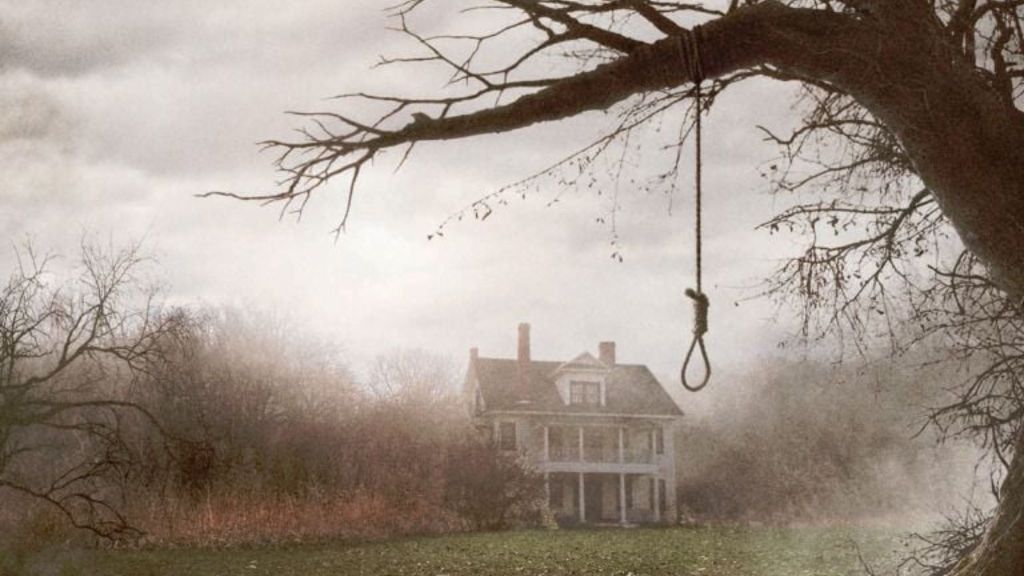
Paranormal investigators Ed (Patrick Wilson) and Lorraine Warren (Vera Farmiga) arrive at the Perron family home, where Carolyn (Lili Taylor) and Roger (Ron Livingston) face an escalating series of terrifying phenomena. Wan’s innovative camera movements and precise staging transform familiar haunted house tropes into fresh sources of terror, while Joseph Bishara’s score heightens every creaking floorboard and shadowy corner. Yet the true power of The Conjuring emerges from its human depth: the Warrens aren’t just ghost hunters but deeply spiritual people committed to helping others. This foundation of compassion, embodied in Wilson and Farmiga’s warm chemistry, elevates the film above mere shock value to create a horror story with a genuine heart. No wonder The Conjuring kickstarted one of history’s most successful horror franchises.
6. The Cabin in the Woods
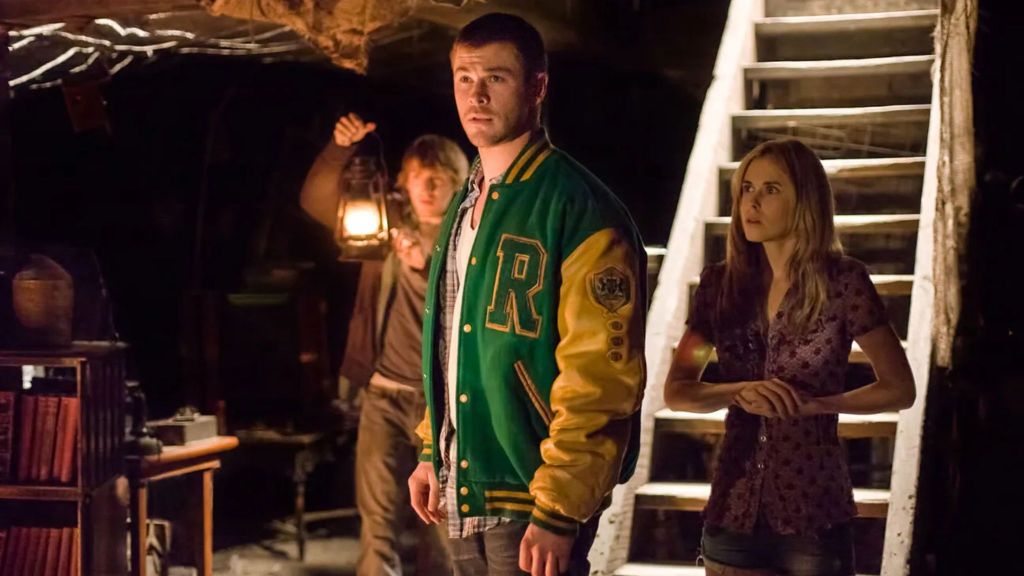
Why do we crave horror stories? This question beats at the dark heart of Drew Goddard’s meta-masterpiece, The Cabin in the Woods. On the surface, five college students embark on a weekend getaway to a remote cabin. Simultaneously, mysterious technicians Sitterson (Richard Jenkins) and Hadley (Bradley Whitford) monitor them from an underground facility. Goddard and co-writer Joss Whedon peel back layers of genre convention to expose the machinery beneath our favorite scary movies, both literally and metaphorically. Each death, jump scare, and monstrous reveal serves a deeper purpose in this elaborate deconstruction of horror tropes. The Cabin in the Woods doesn’t just comment on horror conventions – it celebrates them, transforming audience expectations into a weapon that cuts both ways, delivering genuine scares while forcing viewers to question why they enjoy being frightened in the first place.
5. Train to Busan
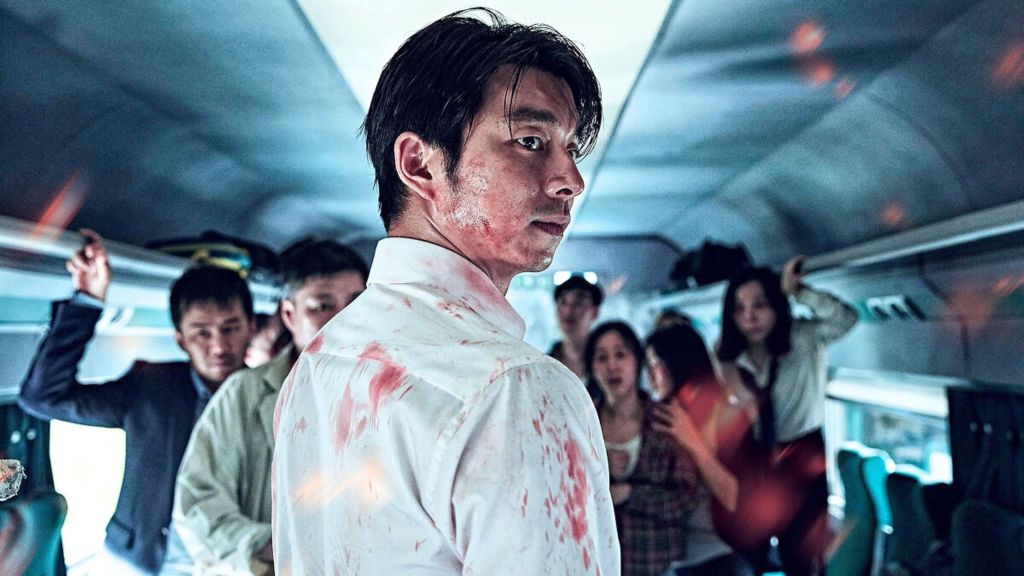
Yeon Sang-ho’s claustrophobic zombie thriller aboard a speeding train reinvigorated the undead genre through spectacular action and genuine emotional stakes. Following Seok-woo (Squid Game‘s Gong Yoo), a workaholic fund manager, and his young daughter Soo-an (Kim Su-an) during a zombie outbreak on a high-speed train to Busan, the film uses its confined setting to maximum effect. Through carefully choreographed action sequences and strong character development, the movie builds tension while exploring class dynamics among the survivors, including working-class hero Sang-hwa (Ma Dong-seok) and selfish businessman Yon-suk (Kim Eui-sung). The film’s commentary on class warfare and corporate greed adds an absorbing layer to its breathtaking action sequences, while the focus on family relationships ensures that every death carries weight. Train to Busan proved that zombie films could still offer fresh perspectives on both human nature and society, by using a high-concept premise to examine moral choices under extreme pressure.
4. It Follows
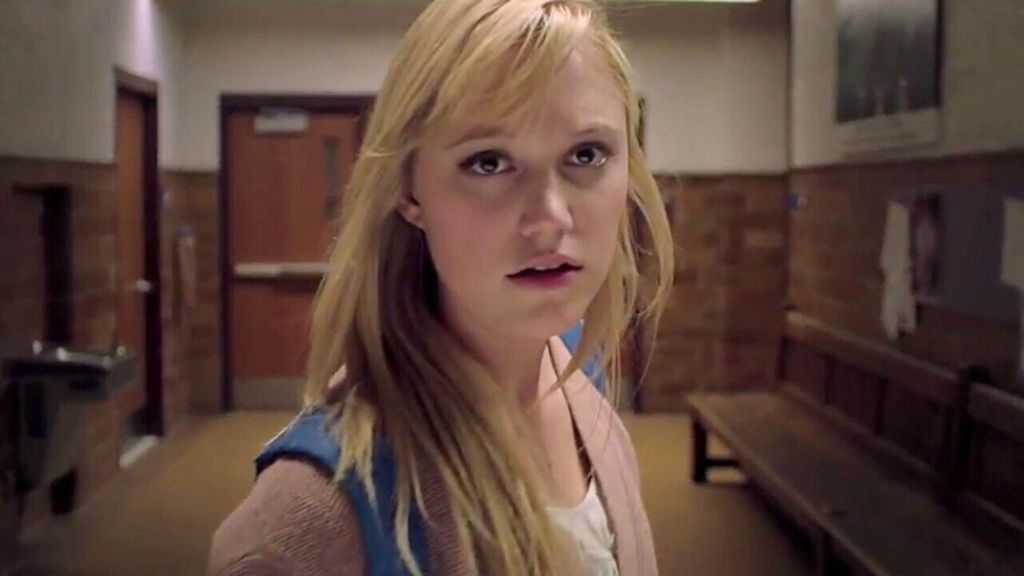
The camera slowly pans across a suburban street. A teenage girl runs from her house in high heels, terrified of something we can’t see. This opening sequence encapsulates the brilliant simplicity of David Robert Mitchell’s supernatural nightmare It Follows. When Jay (Maika Monroe) becomes cursed after a sexual encounter, she faces an entity that never stops walking toward its target, visible only to the one marked for death. With that concept in mind, Mike Gioulakis’s wide-angle cinematography forces viewers to scan every frame for approaching threats, while Disasterpeace’s synth score transforms familiar suburban landscapes into sites of creeping dread. Jay’s friends, including the devoted friendzoner Paul (Keir Gilchrist) and the mysterious Hugh/Jeff (Jake Weary), try to help her escape a doom that keeps coming with meticulous patience. It Follows weaponizes this methodical pursuit to create a meditation on mortality itself: death comes for everyone, one step at a time. Plus, the movie doubles down as a poignant metaphor for the invisible threat of sexually transmitted diseases.
[RELATED: The 7 Best Episodes of American Horror Story Ranked]
3. Get Out
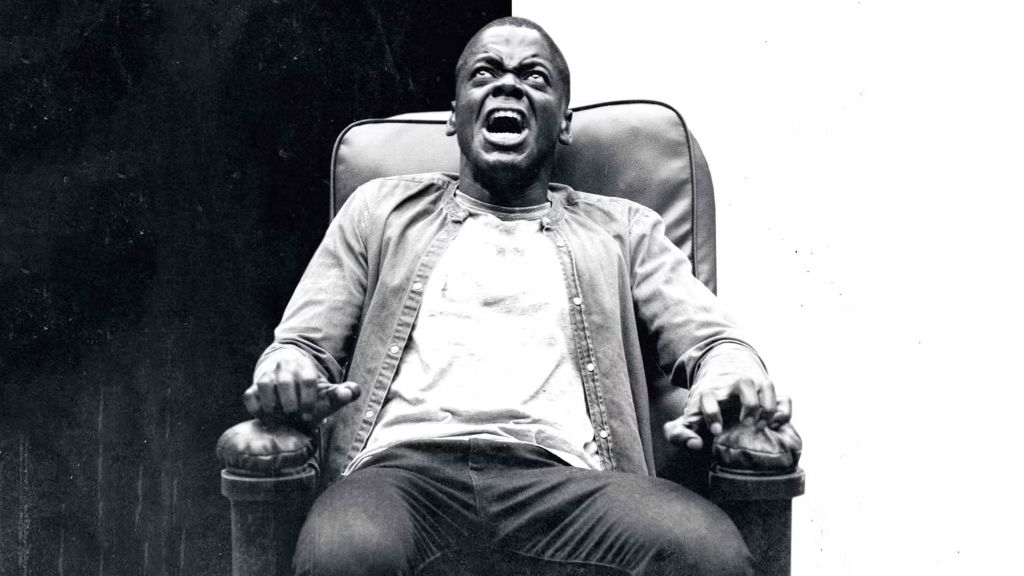
Jordan Peele’s directorial debut masterfully blends horror and social commentary to create a uniquely terrifying examination of racial dynamics in America. The film follows Chris Washington (Daniel Kaluuya), a young Black photographer visiting the family of his white girlfriend, Rose Armitage (Allison Williams), for the first time. Through the seemingly welcoming facade of Rose’s parents, Dean (Bradley Whitford) and Missy (Catherine Keener), the film explores the microaggressions Black people suffer on a daily basis before revealing its full horrifying scope. Peele’s precise direction and layered screenplay reward multiple viewings, with each scene containing subtle clues and commentary about racial prejudice, even in the era of a liberal white America. Get Out redefined what horror could achieve as a social commentary while never sacrificing its genre elements.
2. The Witch
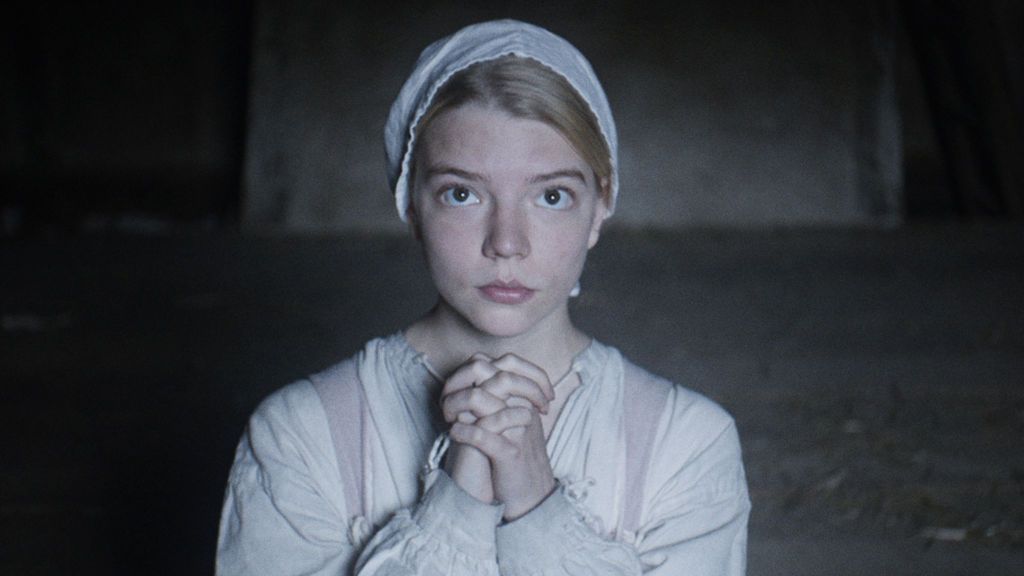
Set in 1630s New England, The Witch follows Thomasin (Anya Taylor-Joy) and her family as they face banishment from their colonial plantation and struggle to survive on the edge of an ominous forest. The performances, including Ralph Ineson as patriarch William and Kate Dickie as mother Katherine, bring gravitas to the period-accurate dialogue, while Jarin Blaschke’s natural lighting creates an immersive atmosphere of religious dread. Through meticulous production design and naturalistic performances, Robert Eggers crafts a haunting examination of faith, family, and feminine power. The film’s commitment to historical accuracy extends beyond mere aesthetics, delving deep into period-specific fears about salvation, damnation, and the role of women in Puritan society.
1. Midsommar
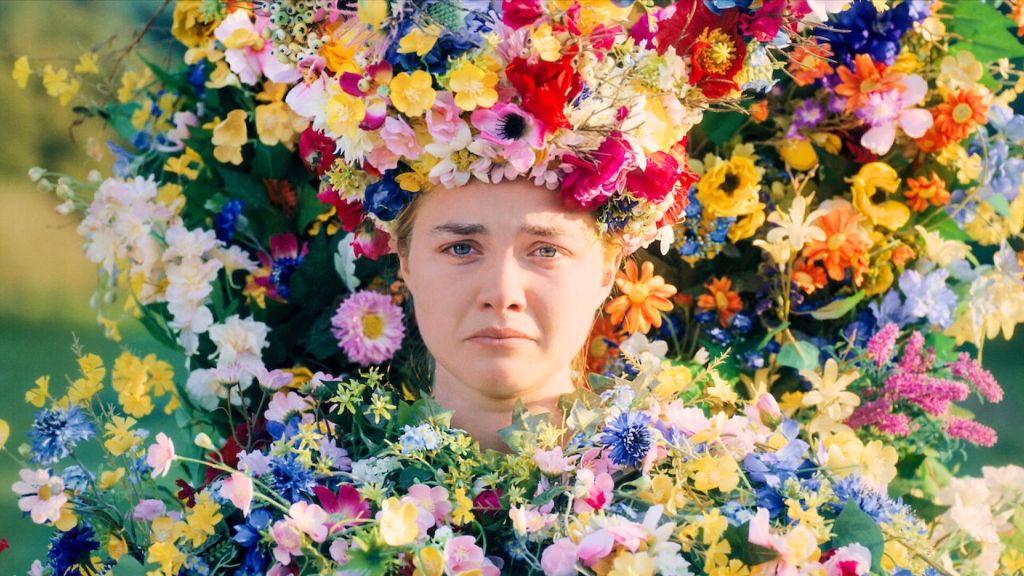
Ari Aster’s daylight horror masterpiece follows a group of Americans attending a Swedish midsummer festival that descends into pagan horror. The story centers on Dani (Florence Pugh), who joins her increasingly distant boyfriend Christian (Jack Reynor) and his anthropology graduate student friends Josh (William Jackson Harper) and Mark (Will Poulter) on a trip to Sweden. Their host, Pelle (Vilhelm Blomgren), welcomes them to his commune’s nine-day festival, but the bright pastoral setting masks dark intentions. Shot almost entirely in bright sunlight, the film subverts horror’s traditional reliance on darkness while exploring themes of grief, relationship toxicity, and cultural relativism. Pugh’s remarkable performance anchors the increasingly surreal events, making Dani’s emotional journey feel devastatingly real even as the world around her becomes more fantastical. Midsommar represents the decade’s pinnacle of artistic horror, proving that true terror can flourish even in broad daylight while demonstrating how the genre can be used to process trauma and grief.
You can stream all of these films online through various apps and services.

